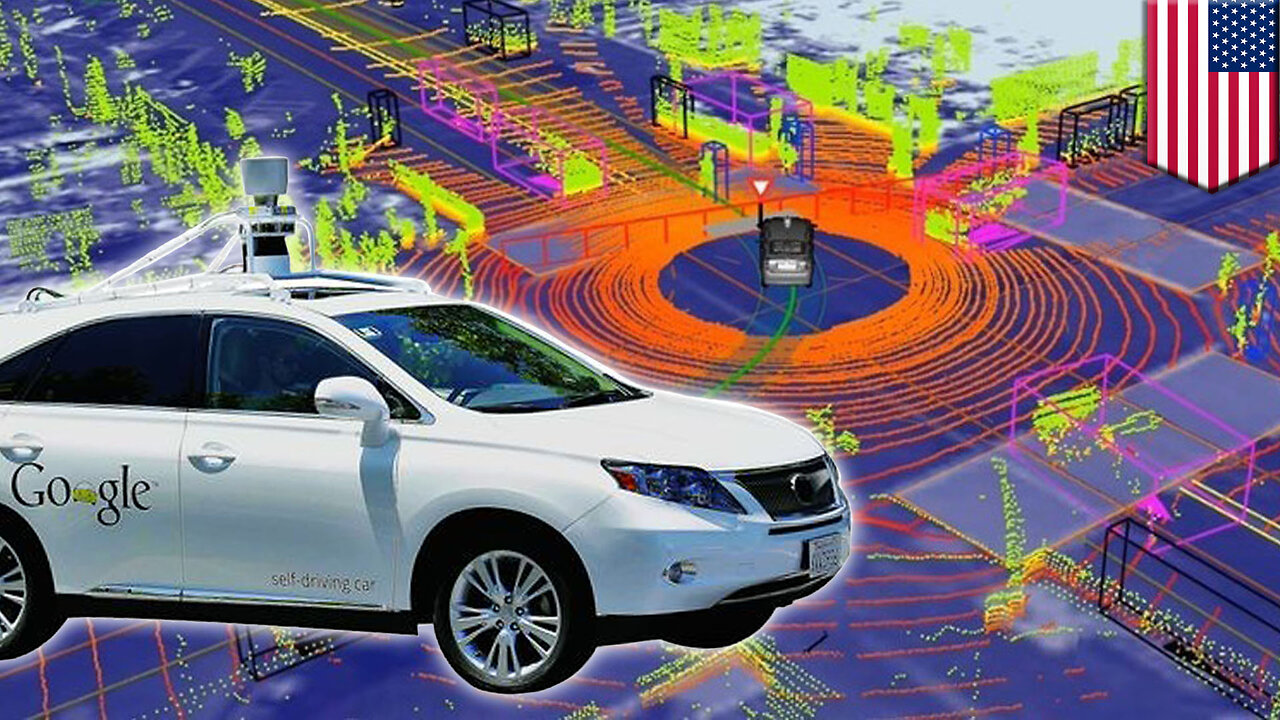Premium Only Content

Google autonomous vehicle: How do Google’s self-driving cars work? - TomoNews
MOUNTAIN VIEW, CALIFORNIA — A Google self-driving car finally was the cause of a crash on Valentine’s Day after driving more than 1.3 million miles since 2009, reported Wired. No one was hurt and the damage was minimal, but the crash shows that companies developing the technology still have a ways to go before autonomous vehicles are actually commonplace. In mid-February, as it was driving on a three-lane road in Mountain View, California, a Google self-driving car trying to merge into the center lane hit a public bus. The car had expected the bus to yield. In a statement issued on Monday, Google says it “bears some responsibility” in last month’s crash, reported Reuters. In the same statement, Google says it has reviewed the crash and made some changes in their cars’ software to prevent similar incidents. Unlike human drivers who can react quickly to unexpected behavior or obstacles on the road, autonomous vehicles aren’t always able to do that yet. This is just one of the few important wrinkles Google and other tech companies testing autonomous vehicles need to smooth out. Another flaw with Google’s cars is that they require the roads they’re traveling on to be precisely mapped out, otherwise the vehicle is unsure of how to behave. These maps are extremely detailed digitizations of the physical world, where things like even the height of every single curb is measured out. However, in general the technology is well-developed and companies have been running tests on the cars for years. Before February’s incident, Google reported that its driverless cars had only been involved in 17 accidents, all of which were caused by human error. What allows self-driving cars to be such “careful” drivers is the combination of GPS systems, cameras and various sensors that tell the cars where they’re going, how to get there and what’s around them at all times. The autonomous vehicles use GPS to match their position with customized Google maps. This allows the cars to select a starting point and an end point, as well as to choose the best routes to take. Radars in the front and back of the cars keep track of other vehicles on the road. The LIDAR sensor rotates 360 degrees and detects the distance between the autonomous vehicles and surrounding objects. A video camera behind the front windshield is able to read road signs and traffic lights.
-
 LIVE
LIVE
Major League Fishing
8 days agoLIVE! - Fishing Clash Team Series: Patriot Cup - Day 3
372 watching -
 UPCOMING
UPCOMING
Tudor Dixon
1 hour agoTed Nugent Sounds Off on Big Government Meddlers | The Tudor Dixon Podcast
351 -
 DVR
DVR
Stephan Livera
2 days ago $5.46 earnedDAY 1 - Stephan Livera hosts Plan B Podcast in Lugano
11.7K1 -
 LIVE
LIVE
LFA TV
14 hours agoLIVE & BREAKING NEWS! | FRIDAY 10/24/25
3,368 watching -
 LIVE
LIVE
Caleb Hammer
2 hours agoFinancial Audit's First Furry
180 watching -
 LIVE
LIVE
The Big Mig™
2 hours agoOperation Arctic Frost FAFO!
5,245 watching -
 1:01:47
1:01:47
VINCE
3 hours agoThere Is More Than Meets The Eye With Trump's Ballroom | Episode 154 - 10/24/25
115K132 -
 1:47:48
1:47:48
Badlands Media
9 hours agoBadlands Daily: October 24, 2025
28.5K2 -
 LIVE
LIVE
Film Threat
1 day agoFRANKENSTEIN + SHELBY OAKS + CHAINSAW MAN + MORE REVIEWS | Film Threat Livecast
43 watching -
 1:07:07
1:07:07
Graham Allen
3 hours agoLibs Are FUMING Over Trumps Ballroom! + Trump ENDS ALL Trade Talk With Canada And NBA Scandal!!
93.7K74